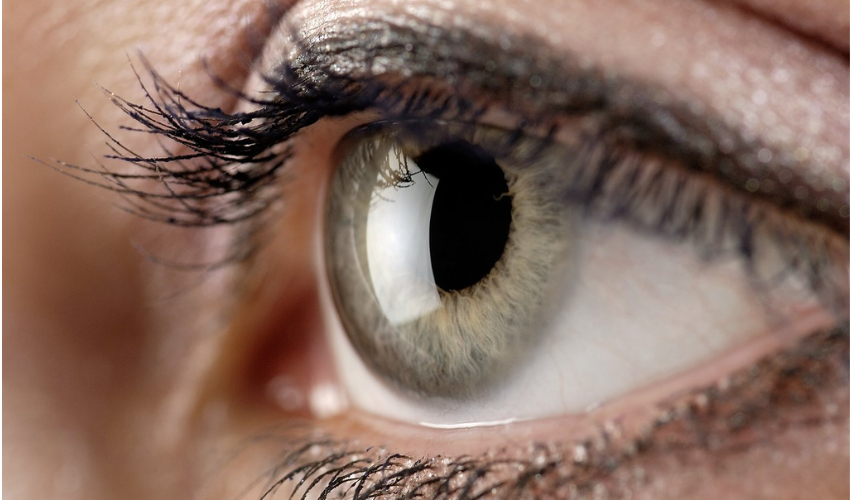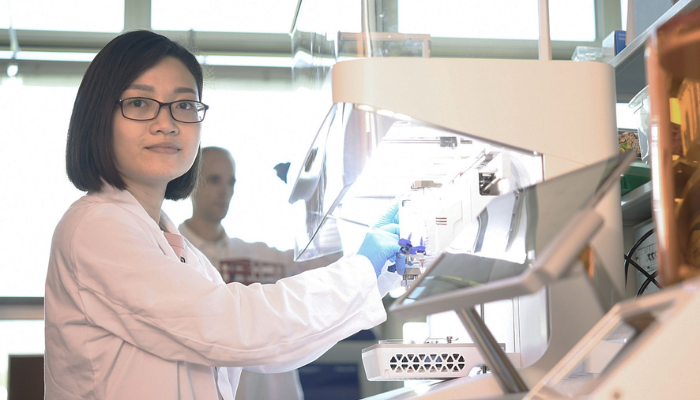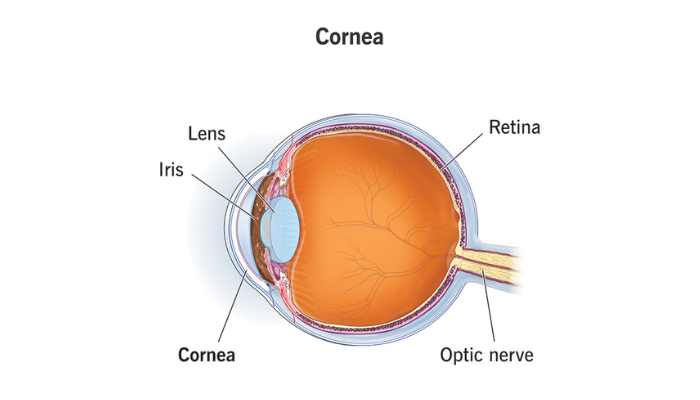Swiss Scientists Use 3D Printing to Create Personalized Corneas

A team of Swiss researchers at Empa, together with the University of Zurich, Zurich Veterinary Hospital, and Radboud University in the Netherlands, is developing a transparent, biocompatible corneal implant produced using 3D printing technology. The implant is designed to repair damaged corneas permanently without relying on donor tissue, offering new possibilities for millions affected by vision impairment worldwide.
The cornea, a 500 to 600-micrometer-thin tissue, acts as the eye’s outermost protective layer. Damage from infection, injury, or malformation can result in partial or complete vision loss. Currently, only around 100,000 corneal transplants are performed globally each year due to the limited availability of donor tissue, leaving the majority of patients untreated.

Hien Le is one of the lead researchers working on the artificial cornea. (Photo Credit: Empa)
To address this shortage, the Swiss-led research team is developing a self-adhesive artificial cornea made from hydrogel composed of collagen and hyaluronic acid. The implant is produced using 3D extrusion bioprinting, which allows the shape and curvature to be customized precisely to each patient’s eye. Additives in the hydrogel provide the necessary biomechanical stability to protect the eye while maintaining transparency.
Beyond structural support, the implant can be seeded with human stem cells from the eye, enabling it to actively support tissue regeneration. Its self-adhesive design eliminates the need for surgical sutures, reducing the risk of post-operative complications such as infection, scarring, and inflammation.

The cornea is the outermost layer of the eye, and helps protect the iris. (Photo Credit: Cleveland Clinic)
Markus Rottmar from Empa’s Biointerfaces Lab highlights the significance of the research. “This approach could transform corneal therapy by making implants widely available without relying on donor tissue,” he says. By combining 3D printing with stem cell technology, the team aims to create a new generation of personalized, permanent solutions for patients with vision impairment.
This project demonstrates the potential of 3D printing in precision medicine. By producing implants tailored to individual patients, Swiss researchers are pioneering a method that could make corneal repair more accessible, safer, and more effective than traditional transplantation techniques.
What are your thoughts on this new research? Let us know in a comment below or on our LinkedIn, Facebook, and Twitter pages! For more on 3D printing medical applications, click here. Don’t forget to sign up for our free weekly Newsletter here, the latest 3D printing news straight to your inbox! You can also find all our videos on our YouTube channel. Interested in more medical and dental 3D printing news? Visit our dedicated page HERE.
*Cover Photo Credit: ESO Supernova







